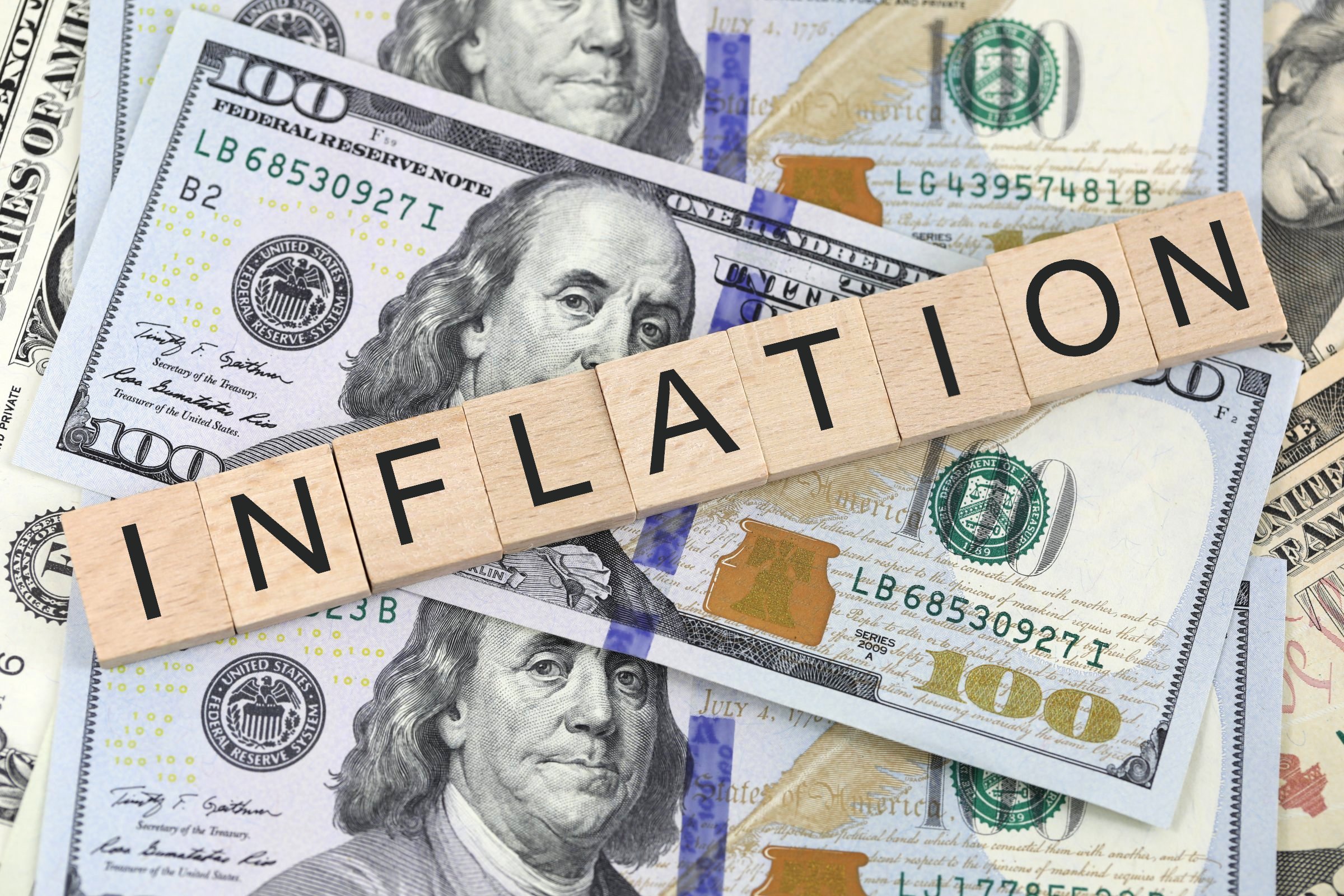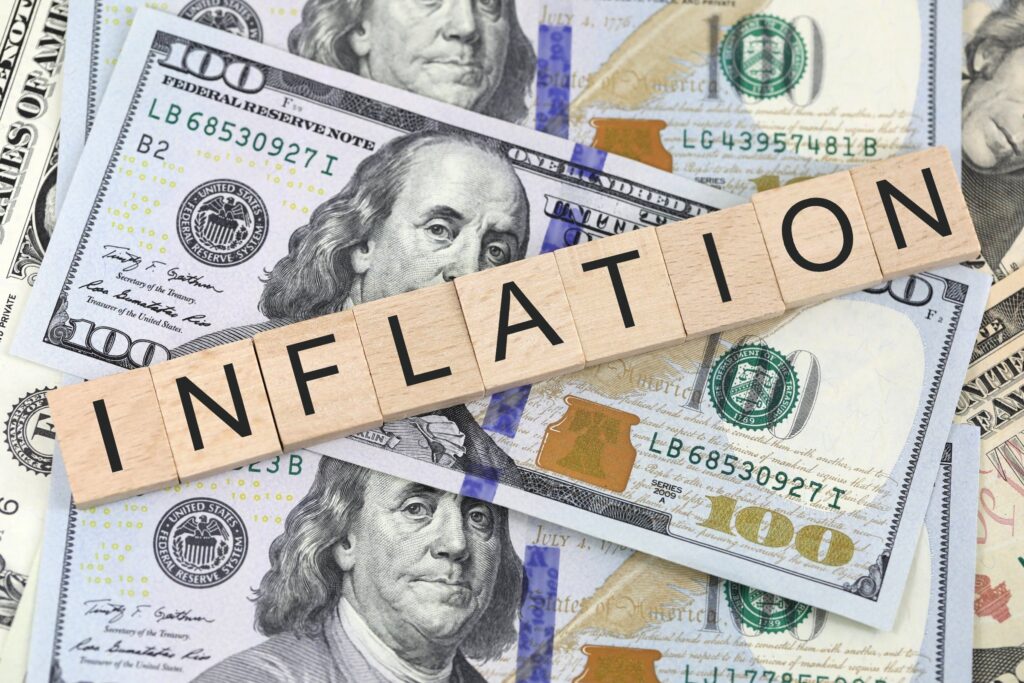Inflation can be a powerful force that erodes the purchasing power of your money, making it crucial to adopt strategies that protect your assets and manage risks wisely. When inflation spikes, prices rise sharply across goods and services, and without proper planning, the real value of your investments and savings can dwindle. This article explores practical ways to survive high inflation by focusing on asset protection and risk management, equipping you to preserve and grow your wealth in uncertain economic times.
Understanding High Inflation and Its Impact
High inflation refers to a rapid increase in prices that reduces the value of money over time. Unlike moderate inflation, which can be a sign of a growing economy, high inflation creates instability and economic uncertainty.
Rising inflation affects different asset classes in varied ways: cash loses value, fixed income securities like bonds may underperform, and some commodities or real estate may appreciate. Understanding these dynamics is the first step to safeguarding your financial future.
Asset Protection in Inflationary Times
Diversifying Your Portfolio
One of the best defenses against inflation is diversification. By spreading investments across different asset classes—stocks, real estate, commodities, and inflation-protected securities—you reduce dependency on any single asset’s performance.
Stocks in companies with pricing power tend to hold value better since they can pass higher costs to consumers. Real estate often appreciates with inflation as property values and rental incomes rise. Commodities like gold or energy resources can act as natural hedges since their prices typically move with inflation.
Investing in Inflation-Protected Securities
Treasury Inflation-Protected Securities (TIPS) are government bonds specifically designed to protect against inflation. TIPS adjust their principal value in line with inflation, ensuring that your investment keeps pace with rising prices.
These can be an ideal choice for conservative investors seeking to preserve capital without risking exposure to market volatility.
Holding Real Assets
Real assets—physical assets like real estate, precious metals, and commodities—tend to maintain or increase their value during inflationary periods. Real estate investment offers both capital appreciation and rental income that rises with inflation.
Precious metals such as gold are often seen as a safe haven in inflationary times because they retain value when currency loses it.
Risk Management Strategies During Inflation
Maintain Liquidity
During periods of high inflation, it’s vital to maintain liquidity—having easily accessible cash or cash-equivalents. This strategy ensures you can seize investment opportunities arising from market volatility or cover unexpected expenses without selling assets at a loss.
Control Debt Wisely
Inflation often leads to higher interest rates, increasing the cost of borrowing. Prioritize paying off high-interest debt quickly, but also consider that fixed-rate debts may become cheaper in real terms as inflation rises. Managing debt effectively balances risk and opportunity in inflationary environments.
Regularly Review and Rebalance Your Portfolio
Markets respond to inflation in complex ways, so frequently reviewing your portfolio allows you to adjust asset allocations. Rebalancing helps maintain your desired risk levels and capitalize on shifts in market dynamics brought about by inflation.
Consider Variable-Rate Investments
Fixed income investments with variable or floating rates can provide a buffer against rising interest rates linked to inflation. Such instruments adjust payouts as rates rise, protecting income streams from erosion.
Practical Tips for Everyday Financial Resilience
Budget for Inflation
Inflation impacts everyday expenses, from groceries to fuel prices. Adjust your household budget to account for rising costs, prioritizing essential spending while cutting back on non-necessities.
Increase Income Streams
Exploring additional income sources, whether freelance work, side businesses, or investments, enhances your financial resilience. Inflation can pinch budgets, and extra income helps offset rising costs.
Build an Emergency Fund
An emergency fund with 3-6 months of expenses can shield you from inflation-induced financial shocks. Ensure it’s held in a liquid form that won’t lose value rapidly.
Conclusion: Stay Proactive to Protect Your Wealth
Surviving high inflation requires proactive asset protection and risk management. By diversifying investments, favoring inflation-resistant assets, managing debt prudently, and maintaining liquidity, you build a robust defense against inflation’s corrosive effects.
Inflation can be challenging, but with awareness and strategic planning, it’s possible to not only preserve but grow your wealth in these environments.
Take Action Now: Review your portfolio, revisit your budget, and implement these asset protection and risk management strategies today to safeguard your financial future against high inflation.






